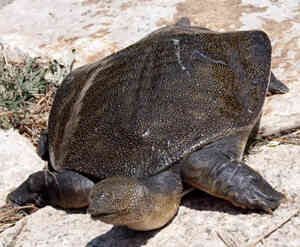
Palea steindachneri
Palea steindachneri,wattle-necked softshell turtle,Trionyx steindachneri Siebenrock,Mountain Rui, Rui fish, soft-shelled turtle, round fish, turtle, tortoise
The mountain softshell turtle is a cold-blooded animal. When the temperature···
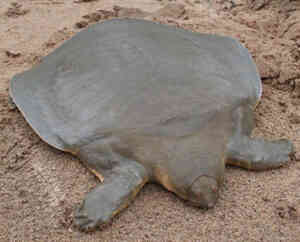
Pelochelys cantorii
Pelochelys cantorii,Frog-faced Softshell Turtle、Asian Giant Soft-shelled Turtle、Cantor's Giant Softshell,Blue grouper, silver fish, green grouper, giant turtle, spotted turtle, Cantor's gian
Before and after the release of the "List of National Key Protected Wil···
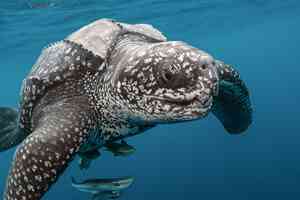
Dermochelys coriacea
Dermochelys coriacea,Leatherback Turtle,Leatherback turtle, seven-winged turtle, sampan turtle, swallow turtle, leatherback turtle
The leatherback turtle is large and is the largest turtle in the world. It h···
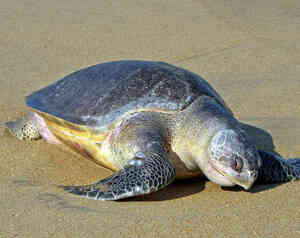
Lepidochelys olivacea
Lepidochelys olivacea,Olive Ridley, Pacific Ridley,Ridley du Pacifique, Tortue Bâtarde, Tortue Olivâtre, Tartaruga-comum, Tartaruga-oliva, Tartaruga-pequena,Tortue de Ridley,Tortuga Carpintera, Tortug
The Olive Ridley is marine and little is known about its behavior other than···

Eretmochelys imbricata
Eretmochelys imbricata, Hawksbill Turtle,Caret, Tortue Caret, Tortue imbriquée, Tortue à bec faucon, Tortue à écailles,Tortuga de Carey,سلحفاة صقرية المنقار
Hawksbill turtles are an animal that often migrates. They are highly mobile ···
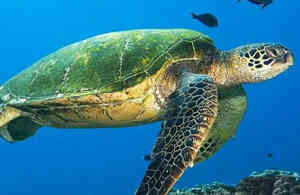
Chelonia mydas
Chelonia mydas,Green Turtle,Sea turtle, black turtle, stone turtle
The green turtle, also known as the sea turtle, is one of the larger species···
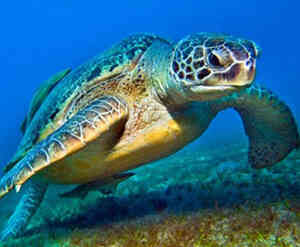
Caretta
Caretta,Loggerhead turtle, loggerhead sea turtle, loggerhead sea turtle, loggerhead sea turtle, loggerhead sea turtle, loggerhead sea turtle
The loggerhead sea turtle is a single species worldwide that spends most of ···
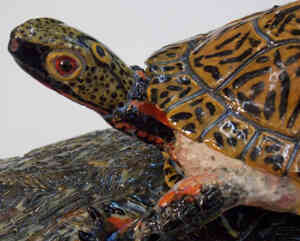
Sacalia bealei
Sacalia bealei,Beal's eyed turtle,Spotted turtle
The spotted turtle is aquatic, mainly living in streams with slow and clear ···
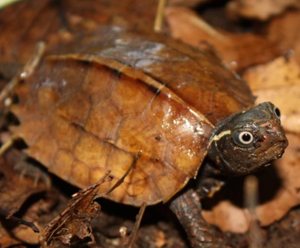
Geoemyda spengleri
Geoemyda spengleri,Black-breatsed Leaf Turtle,Golden turtle, twelve-horned turtle, maple leaf turtle, black-breasted leaf turtle, twelve-winged turtle
The ground tortoise lives in the shaded and moist areas near streams in the ···
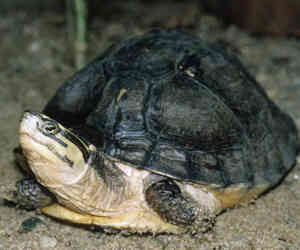
Cuora
Cuora,Broken plate turtle, snake turtle, snake-claw turtle, Asian box turtle
The genus Cuora (scientific name: Cuora) is a genus of Testudinata, Testudin···
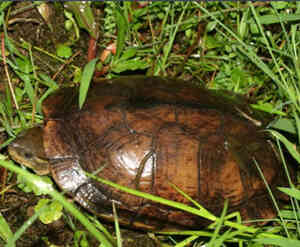
Mauremys mutica
Mauremys mutica,Stone turtle, stone golden coin turtle, water turtle, yellow turtle, fragrant turtle
The yellow-throated water turtle lives in the waters of hilly areas, mountai···
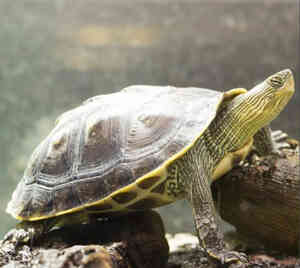
Mauremys sinensis
Mauremys sinensis,Chinese Stripe-necked Turtle,Ocadia sinensis Gray,1834,Chinese turtle, spotted turtle, pearl turtle, long-tailed turtle, Taiwan turtle
The flower turtle is an aquatic turtle. It is water-loving and has the habit···

Mauremys nigricans
Mauremys nigricans,Red-necked pond turtle,Painted turtle, black-necked painted turtle, three-lined turtle, Guangdong grass turtle, black-necked terrapin
The black-necked turtle is large in size and lives in streams in subtropical···
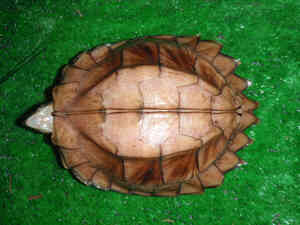
Cyclemys oldhamii
Cyclemys oldhamii,Snake-catching turtle, snake-catch turtle, snake-killing turtle
The European turtle is a wild animal of the order Testudinata and family Geo···
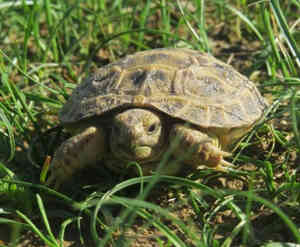
Testudo horsfieldii
Testudo horsfieldii,Afghan Tortoise Central Asian Tortoise Four-toed Tortoise Horsfield's Tortoise Steppe Tortoise,Land turtle, taspaha, prairie tortoise, land tortoise, turtle
In the Yili River Valley in Xinjiang, China, there is a small creature calle···
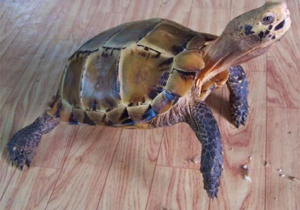
Manouria impressa
Manouria impressa,Impressed Tortoise, Kirin tortoise
Concave-shelled tortoise lives in tropical and subtropical mountainous areas···
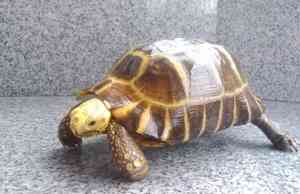
Indotestudo elongata
Indotestudo elongata,Elongated Tortoise,Yellow elephant turtle, pillow turtle, dry turtle, Burma land, dragon claw turtle and so on
Burmese tortoises are subtropical terrestrial tortoises, living in mountains···
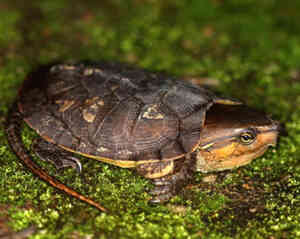
Platysternon megacephalum
Platysternon megacephalum,Big-headed Turtle,Hawk-billed turtle, big-headed flat-chested turtle, eagle turtle, etc
Flat chest turtle like Yin fear of high temperature, fierce temperament, roc···
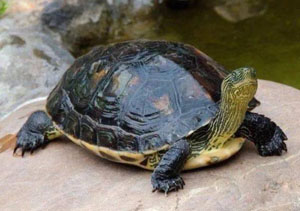
Testudines
Tortoise, golden turtle, grass turtle, mud turtle, mountain turtle, black turtle, flower turtle
In a broad sense, turtle refers to the general term for animals of the order···
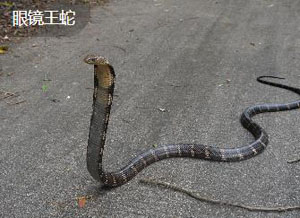
Cobra
Ophiophagus hannah,King Cobra
King cobra is different from real cobra. It is not a member of the genus Cob···
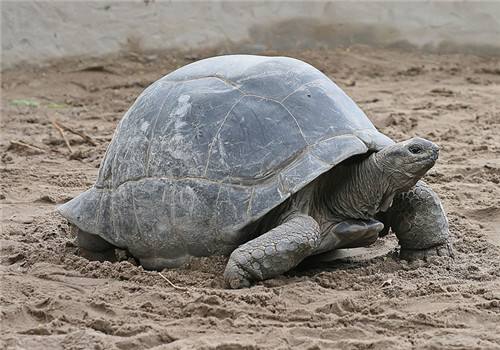
Aldabrachelys gigantea
Aldabra giant tortoise, Seychelles giant tortoise, Darding giant tortoise, Arnold's giant tortoise
This tortoise was discovered by humans more than 400 years ago. At that time···
